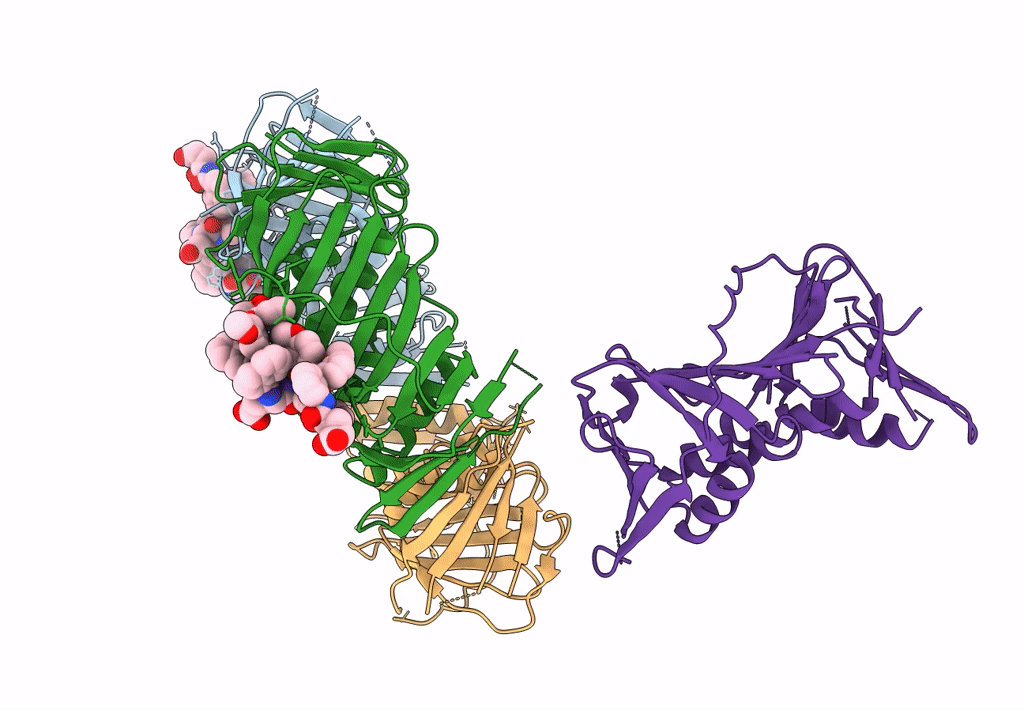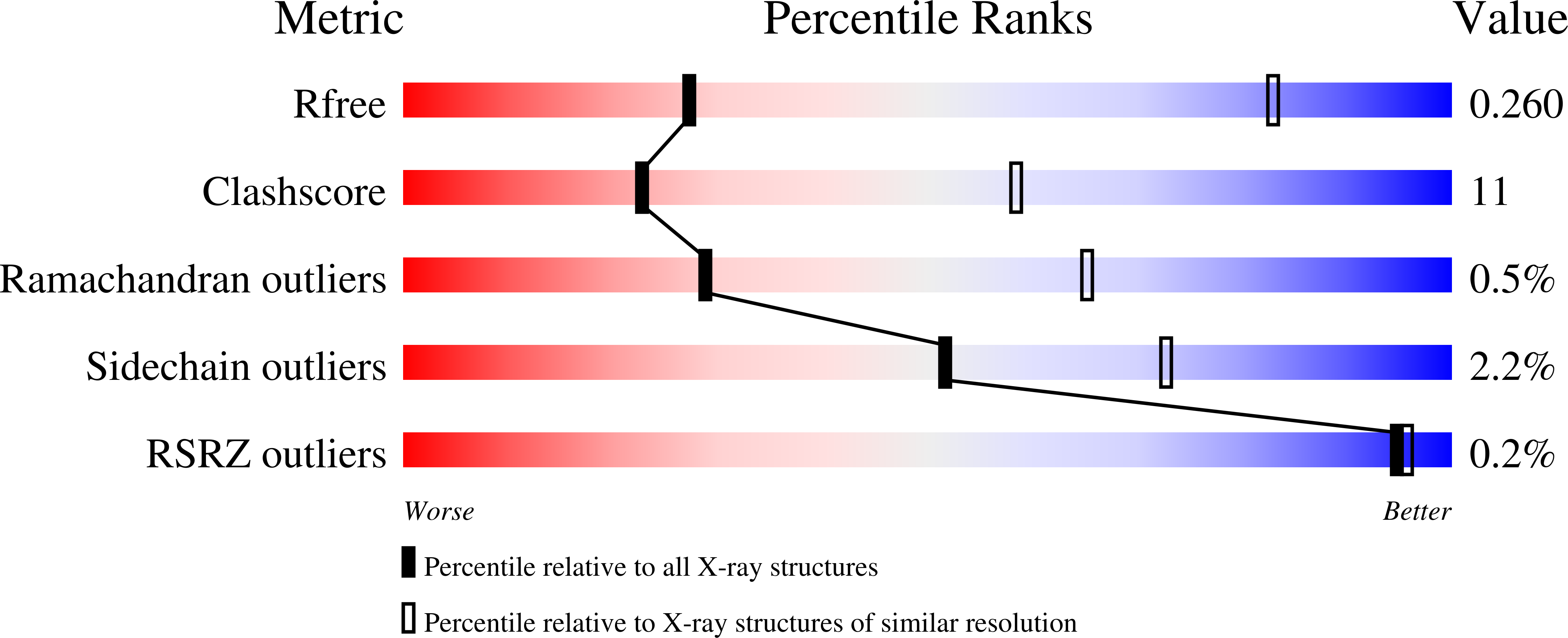
Deposition Date
2023-03-21
Release Date
2023-07-26
Last Version Date
2024-10-16
Entry Detail
PDB ID:
8GLA
Keywords:
Title:
Co-crystal structure of caPCNA bound to the AOH1996 derivative, AOH1996-1LE
Biological Source:
Source Organism:
Homo sapiens (Taxon ID: 9606)
Host Organism:
Method Details:
Experimental Method:
Resolution:
3.77 Å
R-Value Free:
0.26
R-Value Work:
0.20
R-Value Observed:
0.21
Space Group:
H 3


